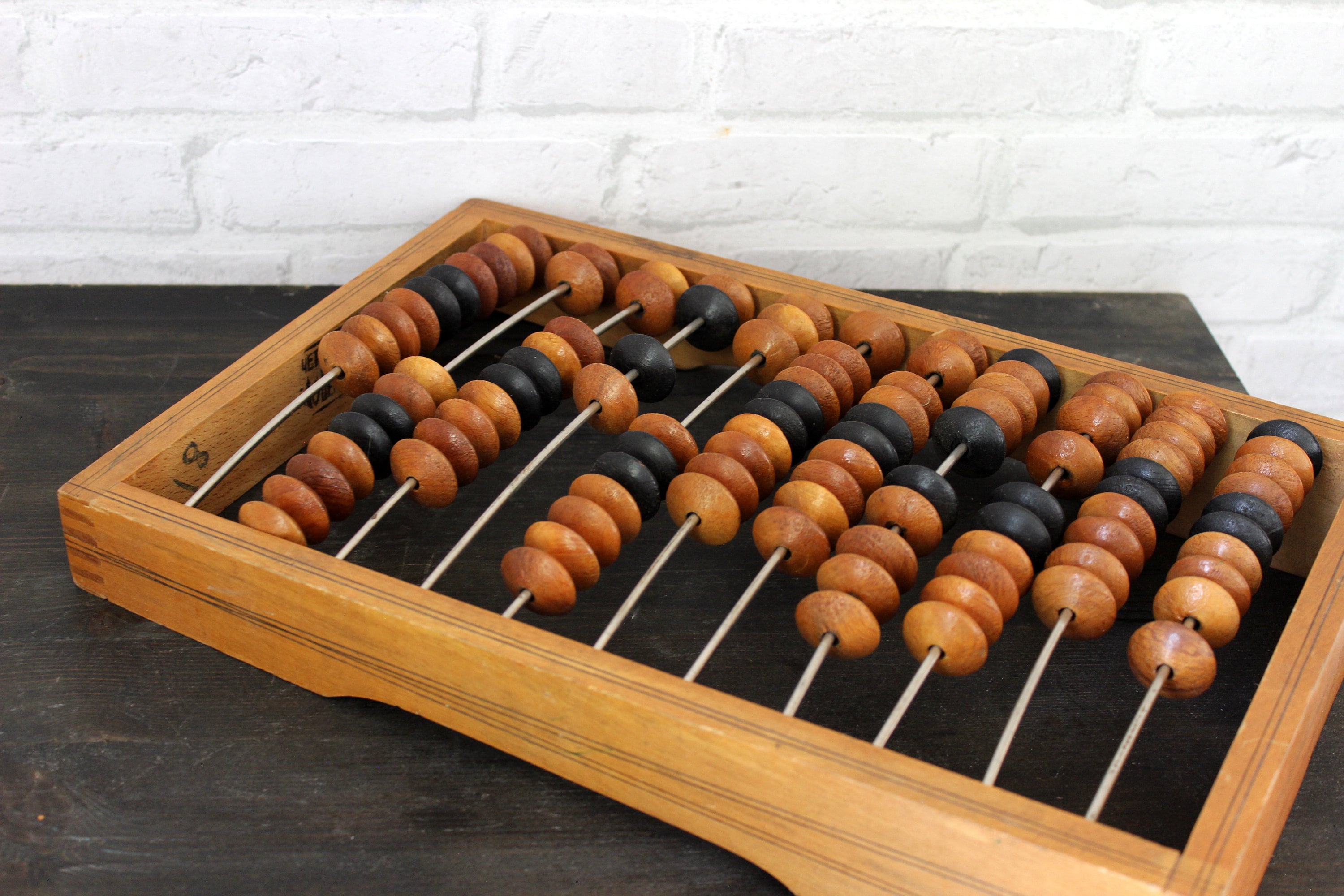An abacus is a hand-operated calculating tool that has been used for centuries to perform arithmetic calculations. It consists of a frame with rods or wires strung with beads, which are moved to represent numbers. The abacus is thought to have originated in Mesopotamia, and it has been used in many different cultures throughout history.
Early Abacus Types
- Sumerian abacus (3000 BCE)
- Babylonian abacus (2400-1400 BCE)
- Egyptian abacus (2700-300 BCE)
- Greek abacus (500 BCE)
- Roman abacus (100 BCE-500 CE)
Chinese Abacus (Suanpan)
The abacus is still used today in some parts of the world, particularly in China and Japan. In China, the abacus is called a suanpan, and it is a popular tool for teaching children how to do math. The suanpan is also used by some businesses to perform calculations.
Japanese Abacus (Soroban)
The Japanese abacus is called a soroban, and it is similar to the Chinese suanpan. The soroban is also used to teach children math, and it is a popular tool for mental calculation.
Benefits of Using an Abacus
There are many benefits to using an abacus, including:
- Improved mental math skills: Abacus training can help to improve a child's mental math skills. This is because the abacus requires children to visualize numbers and manipulate them in their minds.
- Enhanced concentration: Abacus training can also help to improve a child's concentration. This is because the abacus requires children to focus on a task for a long period of time.
- Increased creativity: Abacus training can also help to increase a child's creativity. This is because the abacus requires children to think outside the box and come up with new ways of solving problems.
How to Use an Abacus?
Learning to use an abacus can be a bit challenging at first, but it is a rewarding experience. There are many resources available online and in libraries that can teach you how to use an abacus.
Tags:
Encyclopedia

